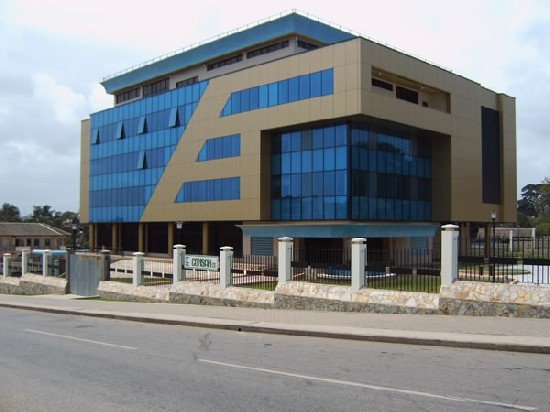Banks in the country are moving away from lending to investments as they restructure their balance sheets.
This is according to the Bank of Ghana in its November 2018 banking sector report.
The report, which is published after the Monetary Policy Committee (MPC) meetings, highlight developments in the banking sector that were deliberated upon during the policy-making process.
The report puts together the financial position of the 30 banks in the country as at October 2018. The report indicates that 13 of these banks are locally-controlled while 17 are foreign-controlled.
Bank asset allocation for the period under review, October 2018 were as follows:
--40.3% to investments
--28.7% to loans and advances
--23.7% to cash and due from banks
--3.6% to fixed assets.
In comparison to October 2017, banks allocated their assets as follows:
--29.6% to investments
--35.8% to loans and advances
--25.1% to cash and due from other banks
--3.9% to fixed assets. Over a one-year period, bans have significantly increased their allocations to investments and reduced their allocation to lending. Why? According to the Bank of Ghana, “The increase indicates banks’ preference for long-term and less risky assets as against credit extension which is associated with increased risk due to the industry’s high stock of nonperforming loans.â€
Non-performing loans are still a problem for the sector though there has been some decline partly due to a loan write-off policy the Bank of Ghana implemented in June 2018 where banks were allowed to remove loans that were past due for more than 2 years. This saw banks write-off their loss loans totaling GH¢1.2 billion in August 2018.
The stock of non-performing loans (NPLs) in the banking industry declined to GH¢7.14 billion in October 2018 from GH¢8.3 billion in October 2017, representing 14.0 percent contraction compared with the 27.2 percent growth a year ago.
Though the NPLs have declined, the stock is still relatively high and thus banks have reorganized where they put their money to cut back on their losses.
READ MORE:BoG must address weaknesses in economy's non-bank sector-IMF boss
The report highlights the fact that there has been an improvement in the key indicators used to judge growth in the sector. The regulator expects this growth to continue on completion of the bank recapitalization process and together with ongoing reforms, including supervisory vigilance and strict enforcement of prudential regulations.
Credit:myjoyonline
Ghana News: Latest news in Ghana
Â





